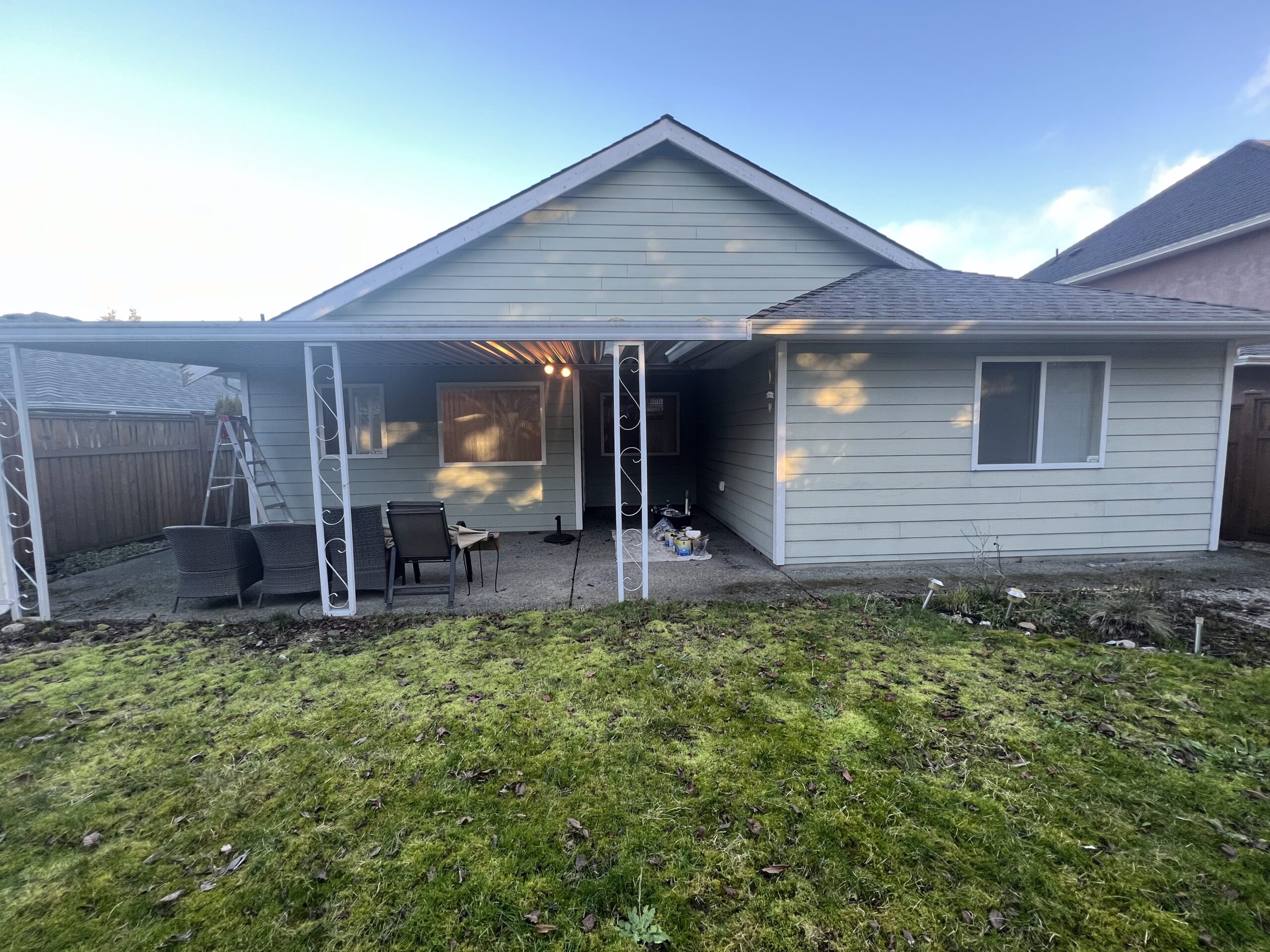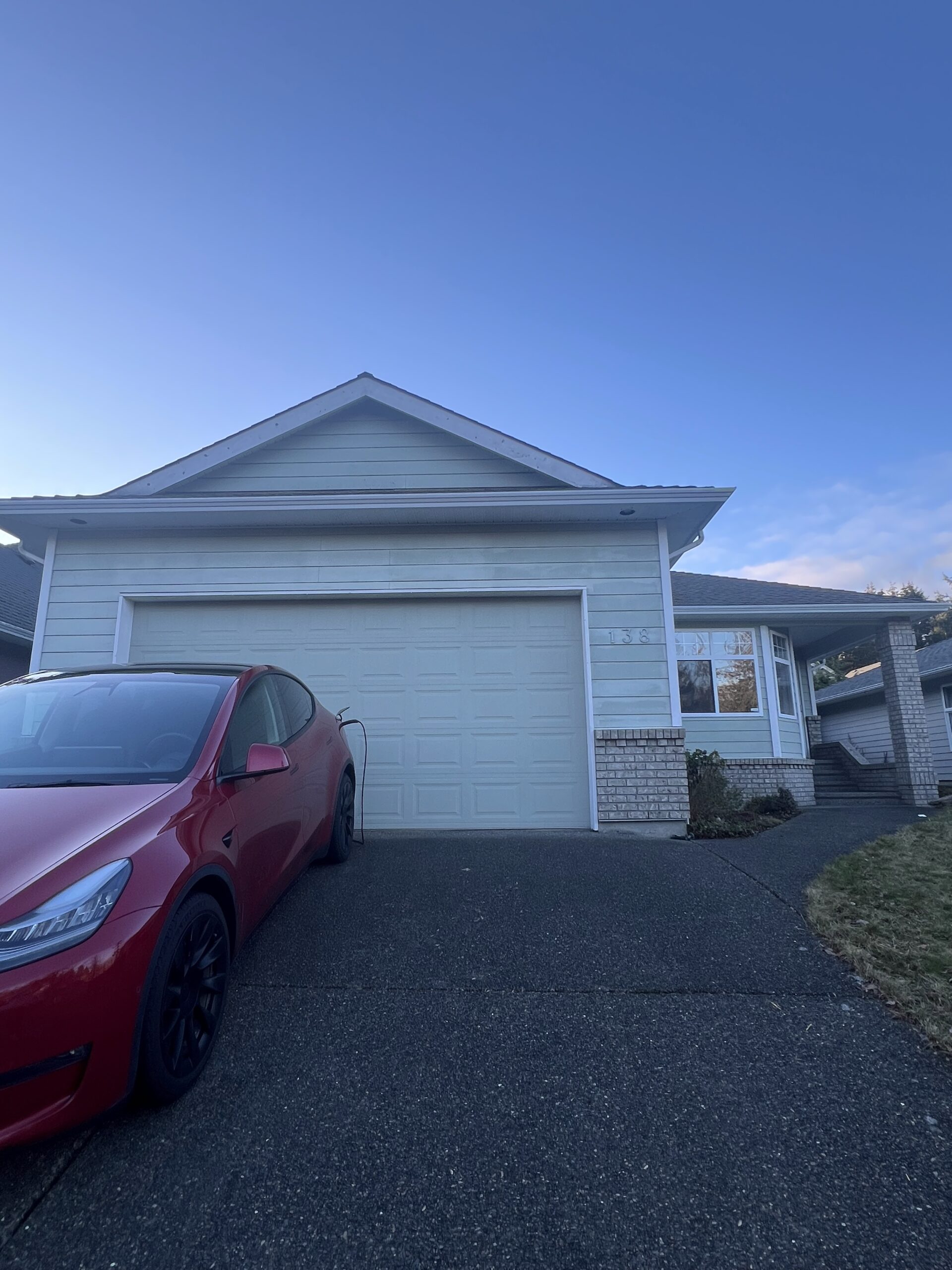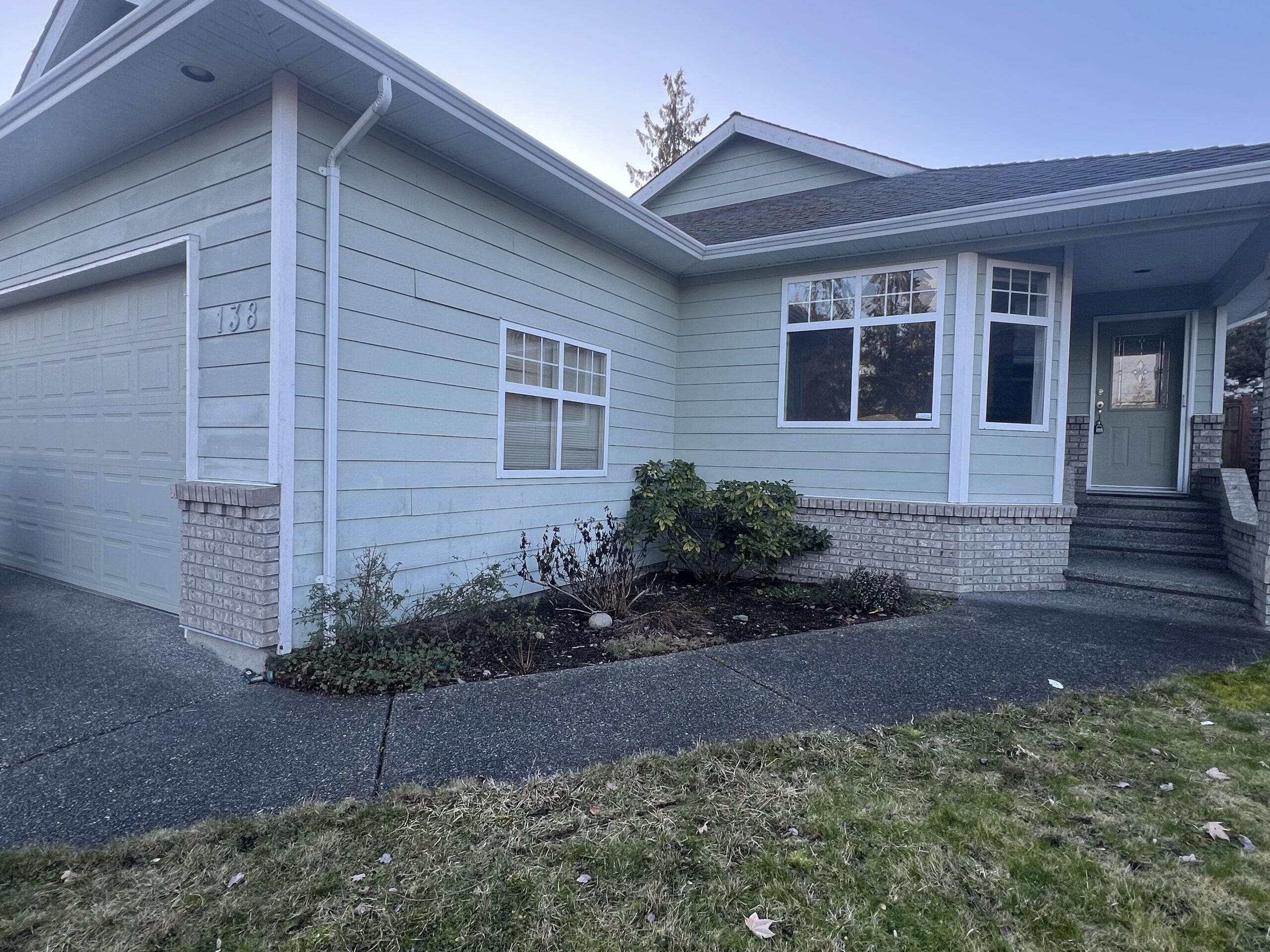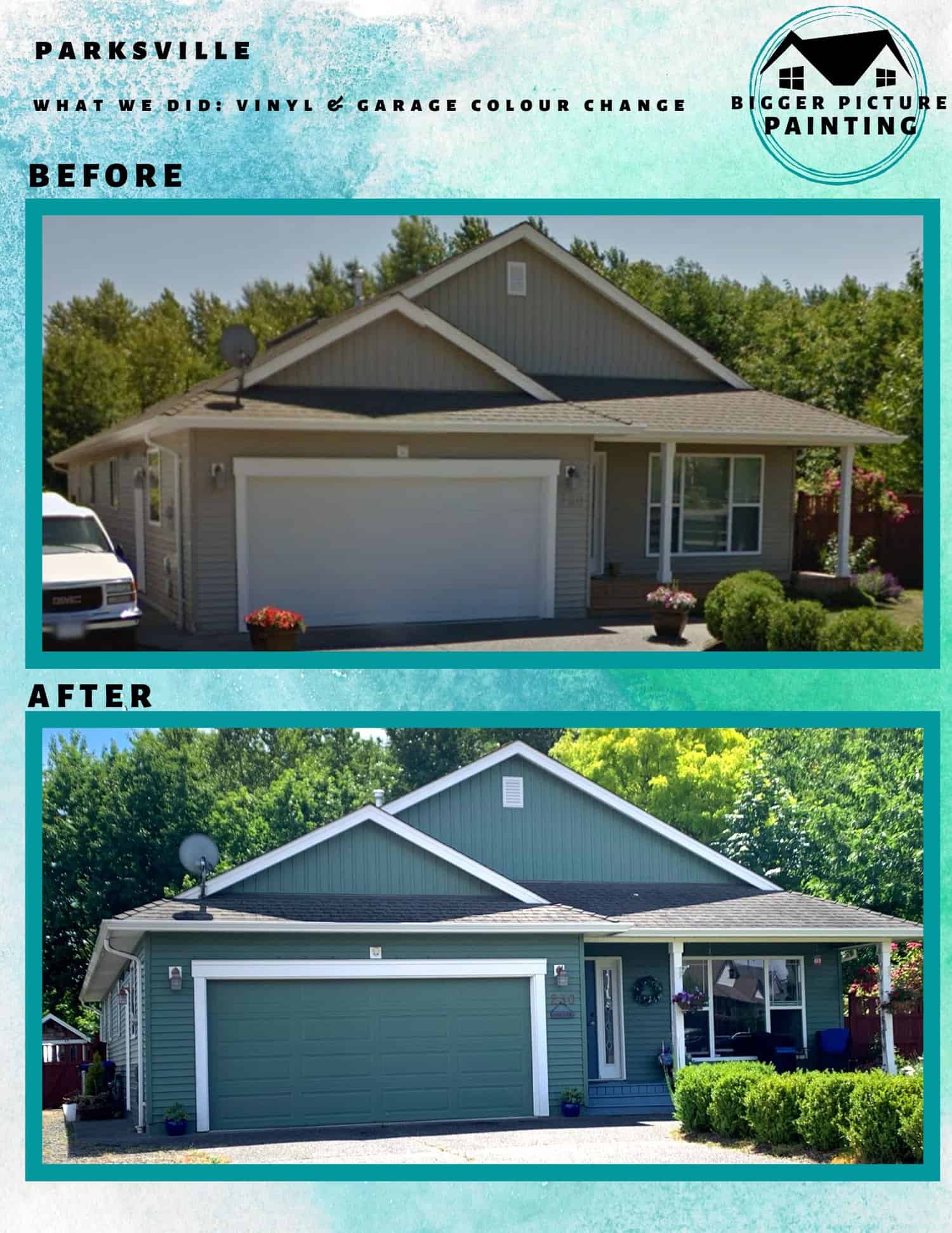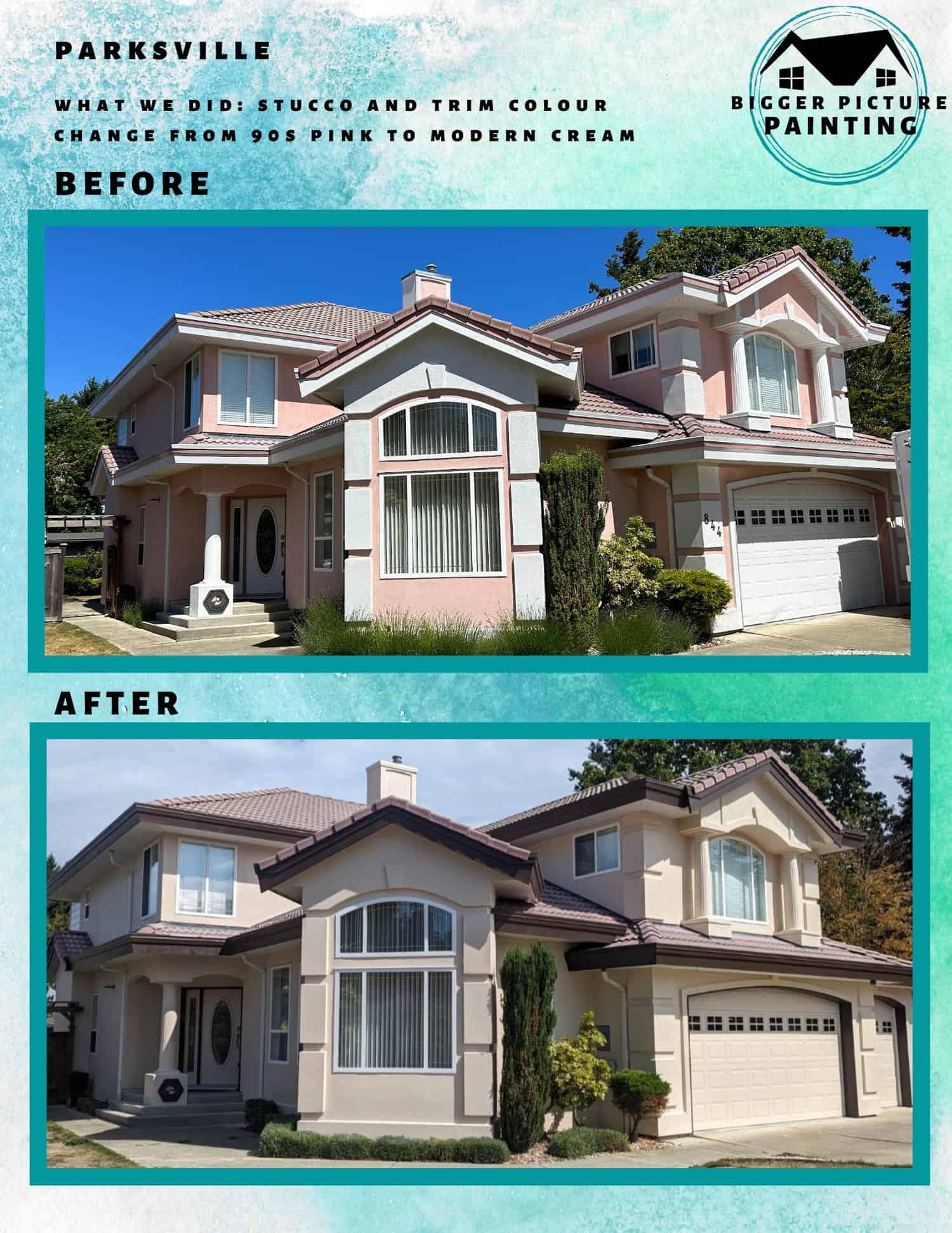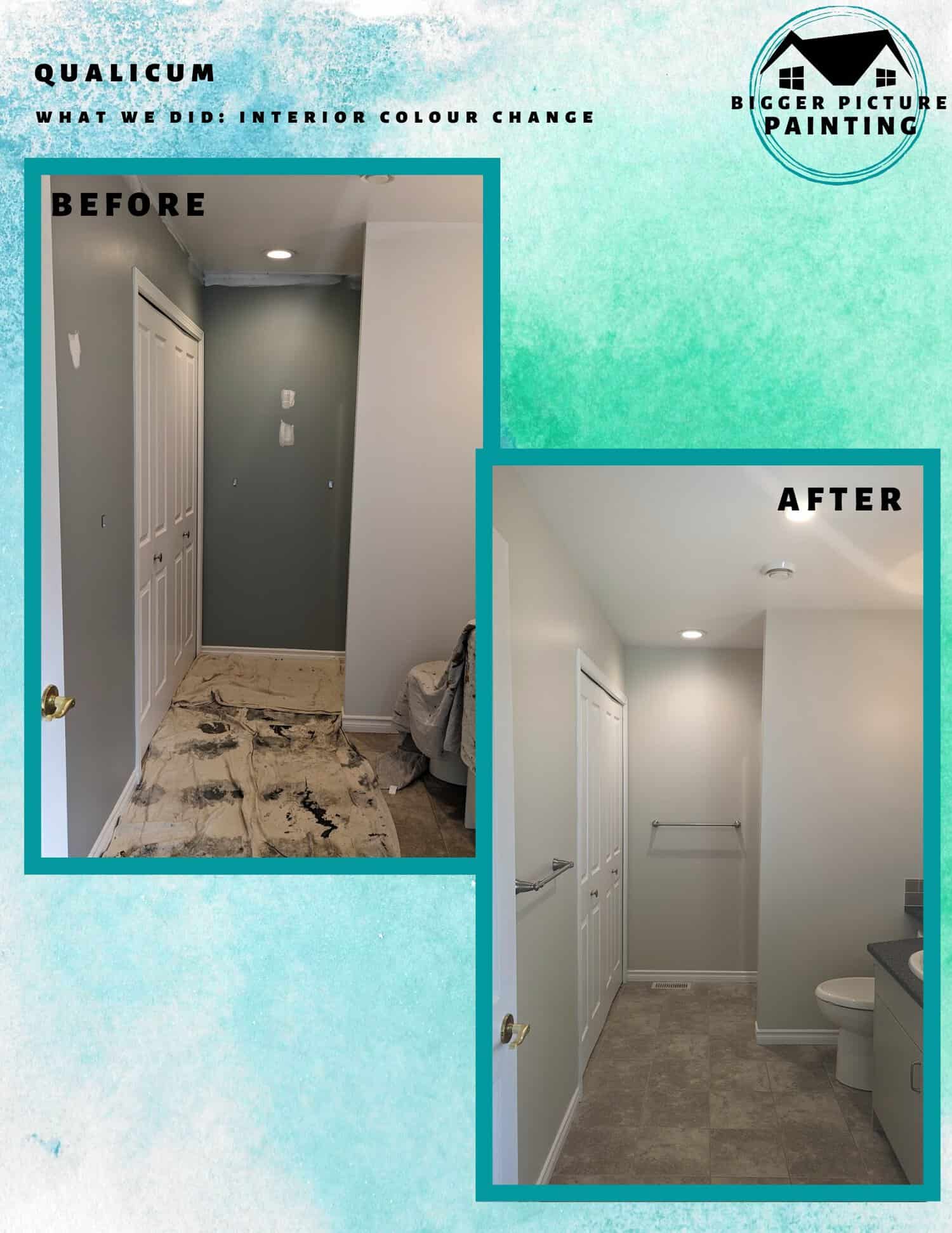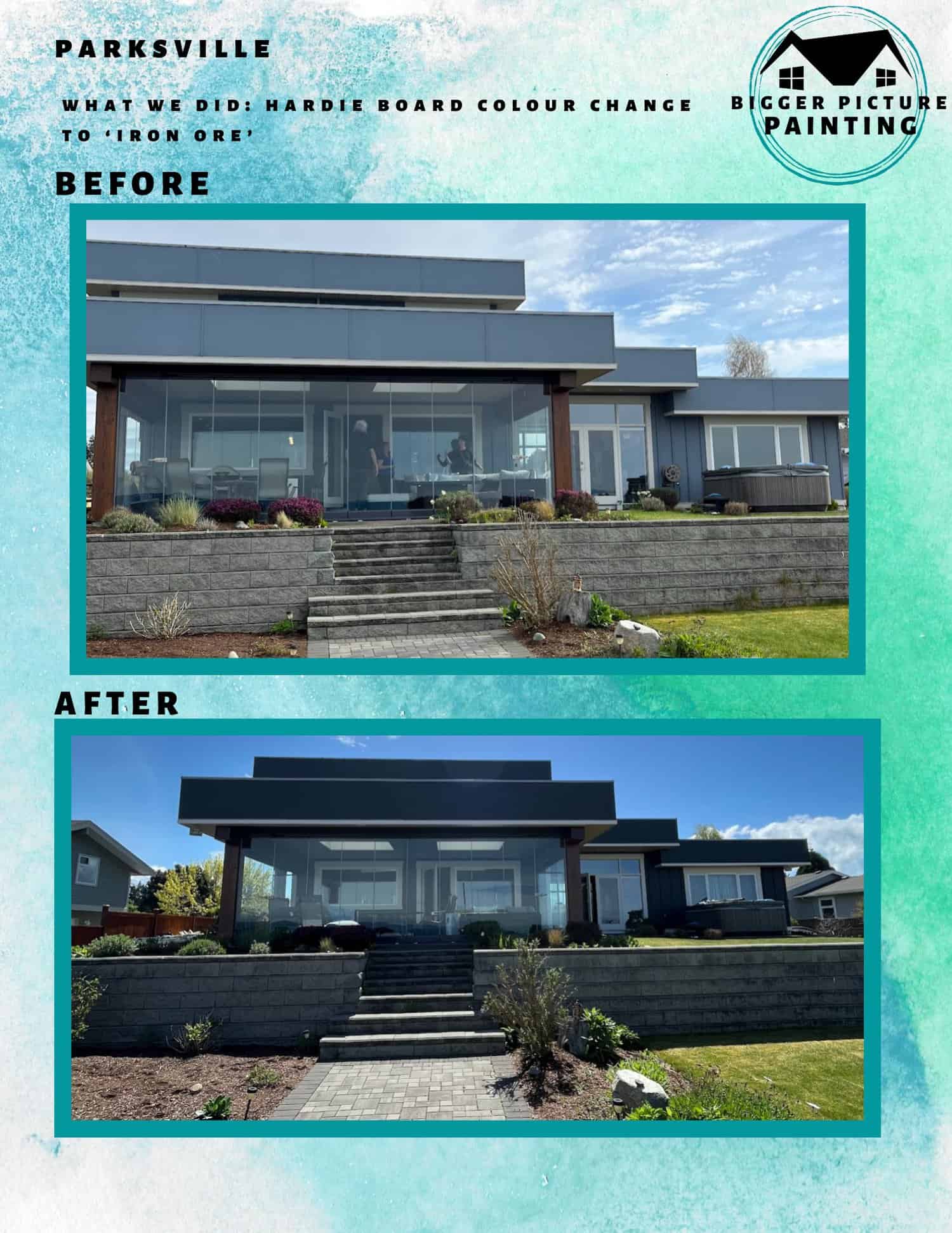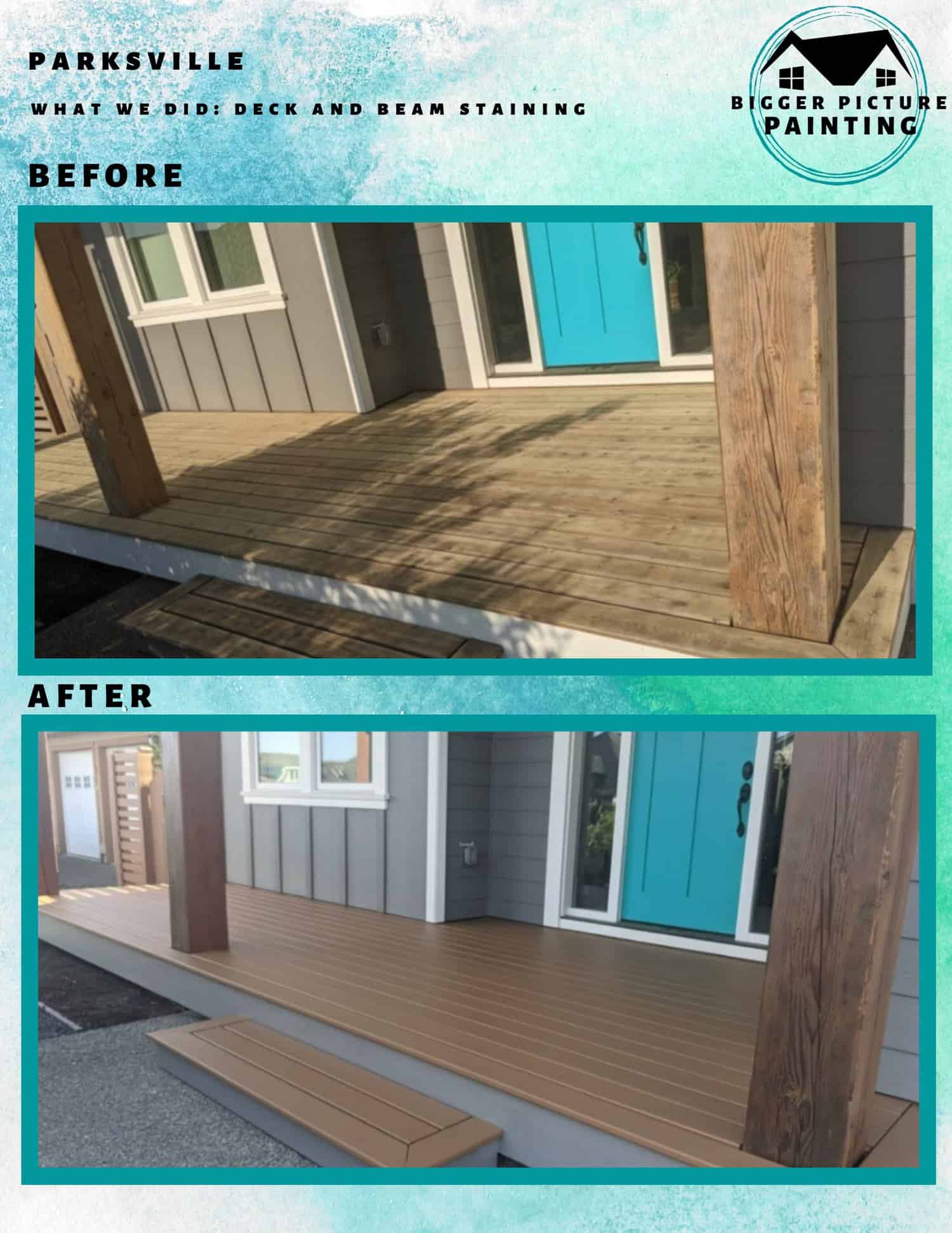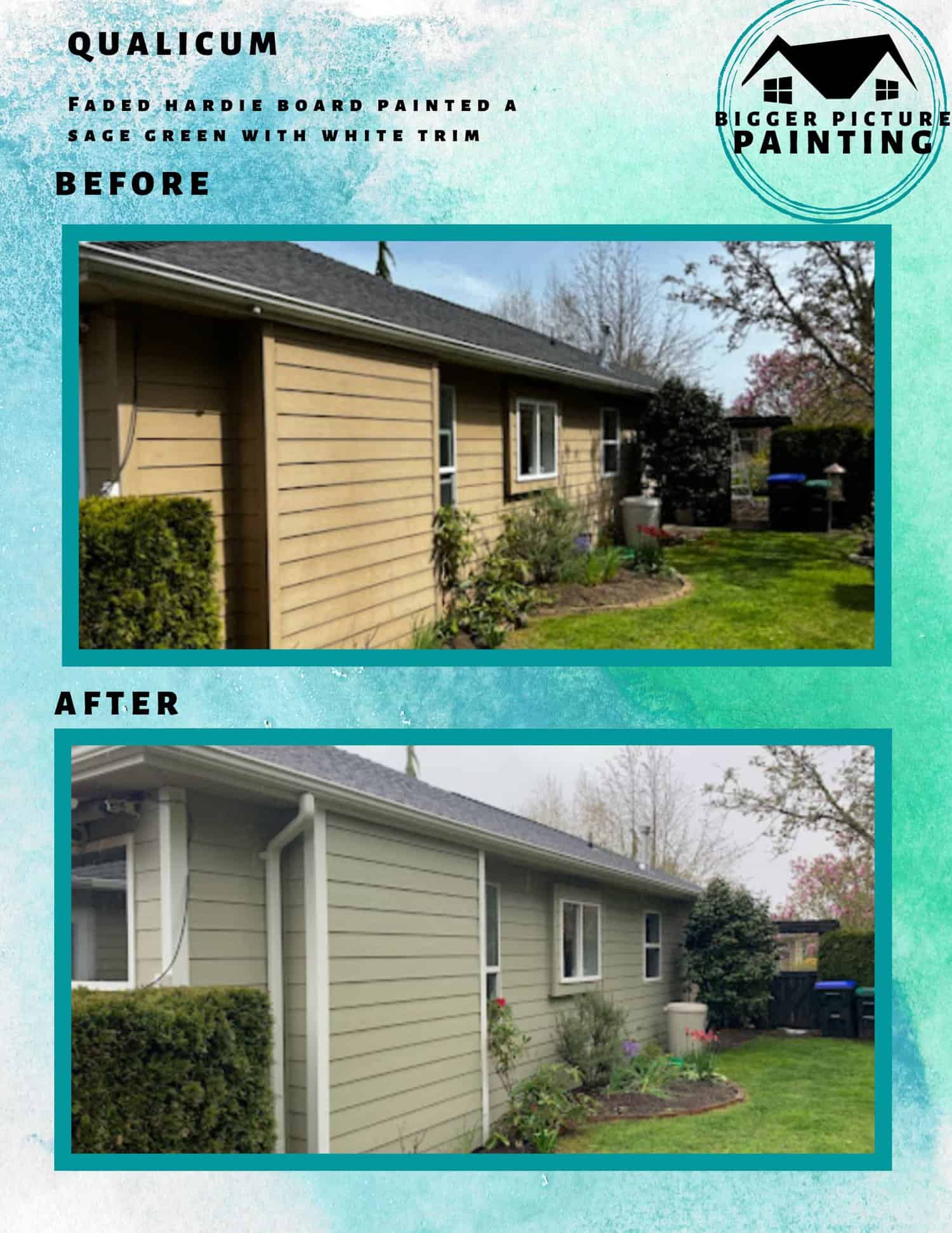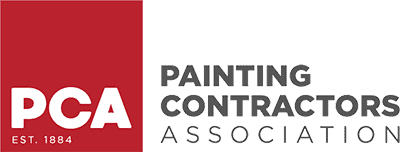When you pay for an exterior painting service, you’re not just paying for paint or labor. You’re investing in a comprehensive process that includes:
-
Surface preparation—scraping, sanding, power washing, caulking
-
High-quality materials—primers, paints, sealers
-
Skilled craftsmanship and project coordination
-
Equipment, safety gear, and clean-up
-
Warranty coverage and follow-up support
These elements work together to deliver durability, aesthetic appeal, and protection. Low bids often miss one or more of these crucial components, cutting corners that lead to premature peeling, mildew issues, or the need for early repainting.
This post dives into each cost element to help homeowners evaluate contractor estimates like a pro. We’ll explore:
-
Detailed breakdown of painting service cost components
-
Why surface prep is non-negotiable
-
Paint quality’s effect on value
-
Skilled labor and precise application
-
Project management, cleanup, warranty
-
How to assess and compare estimates effectively
Understanding what you’re paying for—and what you’re not—is the best defense against cheap fixes that fail fast.
Breakdown of Exterior Painting Service Costs
Surface Preparation and Repair
Surface prep is often the most expensive single part of the job. It includes:
-
Power washing to remove dirt, mildew, chalkiness
-
Scraping and sanding to eliminate loose paint and smooth surfaces
-
Repairing: wood rot, holes, siding damage
-
Caulking/sealing to prevent moisture intrusion
-
Applying primers and patch compounds
These steps ensure a stable substrate; skipping them shortens paint life significantly.
Quality of Paint and Materials
Premium materials matter:
-
100% acrylic exterior paints provide UV resistance, flexibility, and mildew protection
-
Appropriate primers for wood, masonry, metal, vinyl
-
Consumables: high-grade caulk, tape, drop cloths, brushes, rollers
-
Equipment: sprayers, scaffolding, safety gear
Economy paints may cost less, but they don’t last or protect nearly as well.
Skilled Labor Costs
Quality labor requires experience and training:
-
Applied by painters trained in substrate prep and paint application
-
Proper crew size for efficiency and speed
-
Equipped with safety gear, lifts, scaffolding—especially for multi-story homes
Skilled labor costs more but ensures proper technique and fewer callbacks or defects.
Project Management and Overhead
A clean, coordinated project includes:
-
Scheduling around weather and drying windows
-
Onsite supervision and communication
-
Contractor licensing, insurance, and warranty coverage
-
Clean-up: disposal of debris, old paint, masking materials
These administrative elements ensure a professional, worry-free outcome.
The Critical Role of Surface Preparation
Why Prep Is the Most Time‑Consuming Step
Each prep step is vital:
-
Power washing dislodges contaminants
-
Scraping and sanding readies surfaces for adhesion
-
Wood repair corrects underlying damage
-
Caulking seals joints
Skipping prep leads to peeling, mildew, blistering, and other failures—often within just a few years.
Industry‑Recommended Prep Standards
Standards like those from SSPC (Society for Protective Coatings) and PDCA (Painting and Decorating Contractors of America) define quality:
-
Wood: remove loose coatings, feather edges
-
Masonry: clean, repair cracks, remove efflorescence
-
Metal: clean, de-rust, apply anti-rust primer
Following these standards ensures maximum painting service life and protects warranties.
Paint Quality and Its Impact on Service Value
Comparing Paint Grades
Not all paints are equal:
| Grade | Price per Gallon | Key Benefits |
|---|---|---|
| Economy | $20–$35 | Basic colors, shorter lifespan (5–7 years) |
| Mid‑Range | $35–$60 | Better durability, some UV protection |
| Premium | $60–$100+ | UV/stain resistance, flexibility, warranties |
100% acrylic latex is the industry standard, offering top durability and elasticity for exterior use. Additives like UV stabilizers and mildewcides further enhance performance.
Manufacturer Warranties
Premium paints often carry 5–15 year warranties, but only when:
-
Applied per manufacturer specs
-
Used with approved primers and coats
-
Installed by certified contractors
Higher material costs protect your investment over the long term.
Skilled Labor and Application Techniques
Why Experience Matters
Even the best products fail with poor application:
-
Brush and roller ensure seal in corners
-
Sprayers deliver fast, even coverage
-
Back-rolling sprayed areas improves penetration and finish quality
Unskilled labor risks streaks, drips, sags, or missed areas—all leading to early failure.
Safety and Access Equipment
Multi-story homes require:
-
Scaffolding and lifts for safe reach
-
Personal protective equipment (PPE)
-
Fall protection and secure setups
These safety measures increase cost but are essential for liability and quality outcomes.
Project Management, Cleanup, and Warranty
Communication and Scheduling
A well-managed painting service includes:
-
Syncing start date with weather
-
Allowing time for drying, especially between coats
-
Adjusting for repairs discovered during prep
Good communication ensures you’re informed and the project flows smoothly.
Post‑Job Cleanup and Waste Disposal
Proper cleanup saves headaches:
-
Removal of paint chips, masking tape, drop cloths
-
Evidence of lead-safe practices for older homes (EPA RRP compliance)
-
Responsible disposal of old paint and solvents
Cleaning up reflects respect for your property and avoids regulatory issues.
Warranty Coverage
Quality contractors offer:
-
Workmanship warranties (1–3 years)
-
Material warranties as per paint brand
A warranty isn’t just a document—it’s a sign of confidence and accountability.
How to Assess Exterior Painting Estimates Like a Pro
What a Comprehensive Estimate Includes
Professional quotes should have:
-
Itemized scope (prep, paint, coats, primer)
-
Specific product brands and lines (e.g., SW Duration, BM Aura)
-
Detailed surface prep steps
-
Labor hours and equipment breakdown
-
Timeline and warranty terms
Red Flags in Estimates
Be cautious if quotes include:
-
Vague descriptions (e.g., “prep and paint”)
-
Prices well below competitors without explanation
-
No warranty or unclear terms
Questions to Ask Your Contractor
To vet your contractor, ask:
-
What paint brands and products are you using?
-
Can I see product data sheets?
-
How are repairs handled? Do you provide change orders?
-
What warranties do you offer?
Your questions help ensure transparency and accountability.
People Also Ask (FAQ)
Q1: Why does exterior painting cost so much?
Because it includes multi-step prep, high-end paints, trained labor, equipment, project management, and warranty coverage. Each element adds value—and cost.
Q2: Can I save money with cheap paint?
You can—but cheap paints often lack durability and UV resistance, leading to fading, peeling, and a need to repaint sooner.
Q3: What’s the single most important factor for paint longevity?
Surface preparation—if you skip prep, even the best paint fails prematurely.
Q4: How long does exterior paint last?
With quality materials and prep, expect 7–15 years, depending on climate and substrate.
Q5: Should I accept the lowest bid?
Not without scrutiny. Low bids often omit crucial prep, materials, or labor—leading to early failure and higher long-term cost.
Conclusion
The price of an exterior house painting service reflects much more than paint and labor. You’re essentially paying for preparation, materials selection, craftsmen expertise, project oversight, safety, cleanup, and warranty protection.
Opt for value over price. Investing in quality today saves you money, stress, and premature repainting service tomorrow.
Ready to get a transparent, detailed quote that covers everything you deserve? Contact Bigger Picture Painting and get an estimate based on genuine expertise and high-performance materials.

